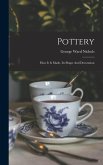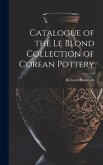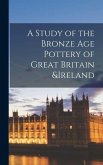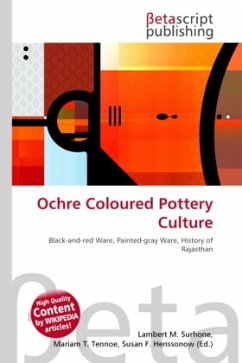Please note that the content of this book primarily consists of articles available from Wikipedia or other free sources online. The Mumun pottery period is an archaeological era in Korean prehistory that dates to approximately 1500-300 BC. This period is named after the Korean name for undecorated or plain cooking and storage vessels that form a large part of the pottery assemblage over the entire length of the period, but especially 850-550 B.C. The Mumun period is known for the origins of intensive agriculture and complex societies in both the Korean Peninsula and the Japanese Archipelago. This period or parts of it have sometimes been labelled as the "Korean Bronze Age", after Thomsen''s 19th century Three-age system classification of human prehistory. However, the application of such terminology in the Korean case is misleading since local bronze production did not occur until approximately the late 8th century B.C. at the earliest, bronze artifacts are rare, and the distribution of bronze is highly regionalized until after 300 BC. A boom in the archaeological excavations of Mumun Period sites since the mid-1990s has recently increased our knowledge about this important formative period in the prehistory of East Asia.
Bitte wählen Sie Ihr Anliegen aus.
Rechnungen
Retourenschein anfordern
Bestellstatus
Storno








